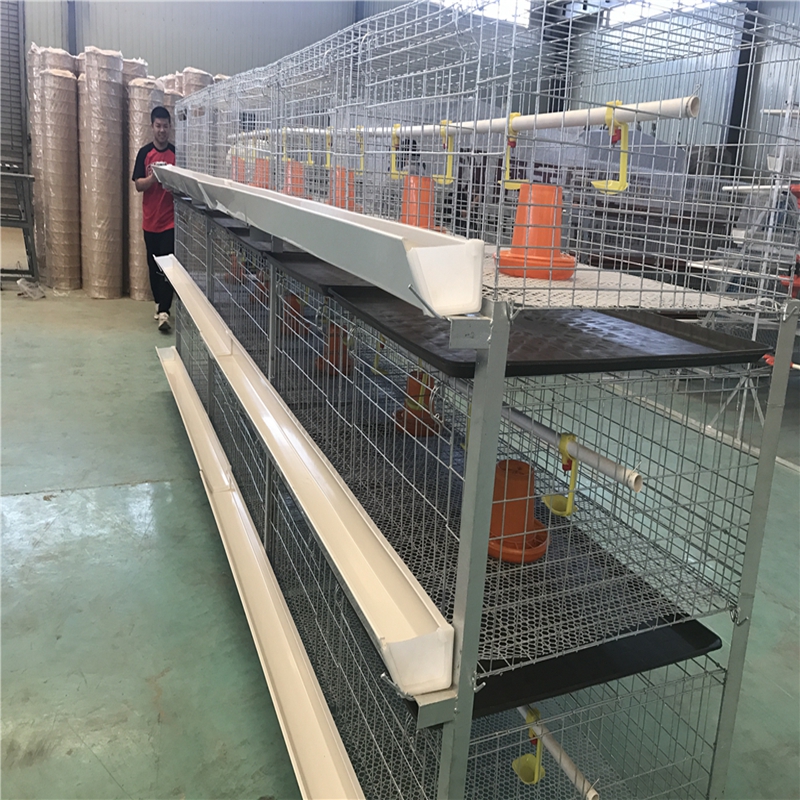poultry plastic cage
Dec . 12, 2024 11:56 Back to list
poultry plastic cage
The Rise of Poultry Plastic Cages A Sustainable Solution in Modern Farming
In recent years, the poultry industry has undergone significant changes, driven by the need for more efficient and sustainable farming practices. Among the many innovations, plastic cages have emerged as a compelling alternative to traditional wire cages in poultry farming. These cages are gaining popularity due to their numerous advantages, including enhanced animal welfare, improved hygiene, and reduced environmental impact.
Understanding Poultry Plastic Cages
Poultry plastic cages are specifically designed enclosures made predominantly from high-density polyethylene (HDPE) or polypropylene. Unlike traditional wire cages, which can rust and deteriorate over time, plastic cages are more durable and resistant to harsh environmental conditions. They are lightweight, making them easy to transport and install in various farming settings.
One of the most significant advantages of plastic cages is their design flexibility. They can be manufactured in various sizes and configurations, allowing farmers to customize their setups based on the specific needs of their poultry. This adaptability not only means better space utilization but also contributes to the welfare of the birds, as they can be provided with more room to move, which is essential for their physical and mental well-being.
Enhanced Animal Welfare
Animal welfare has become a critical concern in the poultry industry, with consumers increasingly demanding humane treatment for livestock. Plastic cages are designed to prioritize the comfort and safety of poultry. Many designs incorporate features such as enriched environments that allow birds to engage in natural behaviors like perching and dust bathing.
Research indicates that birds housed in well-designed plastic cages experience lower stress levels, which can result in better growth rates and higher egg production. Furthermore, the smooth surfaces of plastic reduce the risk of injury compared to traditional wire cages, where the risk of leg and foot problems is higher.
Improved Hygiene and Biosecurity
poultry plastic cage

Hygiene is another area where plastic cages demonstrate notable superiority. The non-porous nature of plastic prevents the accumulation of bacteria and viruses, which is crucial for maintaining the health of the flock. This aspect is particularly important in the context of diseases that can spread rapidly in poultry populations.
Farmers can easily clean and disinfect plastic cages using standard sanitizing agents without fear of corrosion or damage to the cages. This ease of maintenance not only contributes to biosecurity but also reduces the overall labor involved in poultry management. Furthermore, the lightweight nature of these cages allows for quicker clean-up, ultimately leading to higher efficiency in farming operations.
Environmental Impact
The environmental footprint of poultry farming is an ongoing concern, particularly regarding waste management and resource consumption. Plastic cages can offer a more sustainable solution in several ways. First, their durability extends the lifespan of the equipment, reducing the need for frequent replacements and minimizing waste.
Additionally, many manufacturers are producing plastic cages using recycled materials, thus contributing to a circular economy. The lightweight nature of plastic also enables more efficient transportation, reducing the carbon footprint associated with shipping and handling.
Conclusion
As the poultry industry continues to evolve, the adoption of innovative solutions like plastic cages is critical for meeting the demands of consumers, regulations, and environmental stewardship. By prioritizing animal welfare, improving hygiene, and promoting sustainability, poultry plastic cages represent a promising advancement in agricultural practices.
Farmers who embrace these technologies not only enhance the quality of life for their livestock but also position themselves competitively in a market that increasingly values ethical and sustainable practices. As research and development continue in this area, plastic cages may prove to be integral to the future of poultry farming, paving the way for a more responsible and efficient industry.
-
Automatic Feeding Line System-Pan Feeder Nipple Drinker|Anping County Yize Metal Products Co., Ltd.
NewsJul.29,2025
-
Hot Sale 24 & 18 Door Rabbit Cages - Premium Breeding Solutions
NewsJul.25,2025
-
Automatic Feeding Line System Pan Feeder Nipple Drinker - Anping County Yize Metal Products Co., Ltd.
NewsJul.21,2025
-
Automatic Feeding Line System Pan Feeder Nipple Drinker - Anping County Yize Metal Products Co., Ltd.
NewsJul.21,2025
-
Automatic Feeding Line System - Anping Yize | Precision & Nipple
NewsJul.21,2025
-
Automatic Feeding Line System - Anping Yize | Precision & Nipple
NewsJul.21,2025






